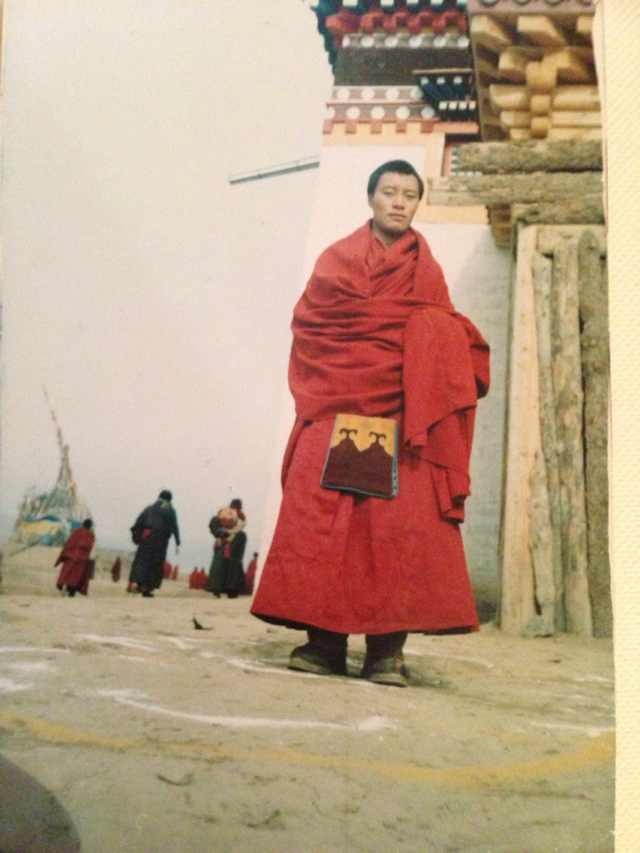A Tibetan monk who self-immolated in protest against the Chinese government in February last year has survived but had both of his legs amputated, according to information received by TCHRD.
Sonam Rabyang, 42, a monk from Lab Monastery set his body on fire on 8 February 2012 at Triwang (Ch: Chen wen) town, capital of Tridu (Ch: Chenduo) County in Yulshul (Ch: Yushu) Tibetan Autonomous Prefecture in Qinghai Province.

